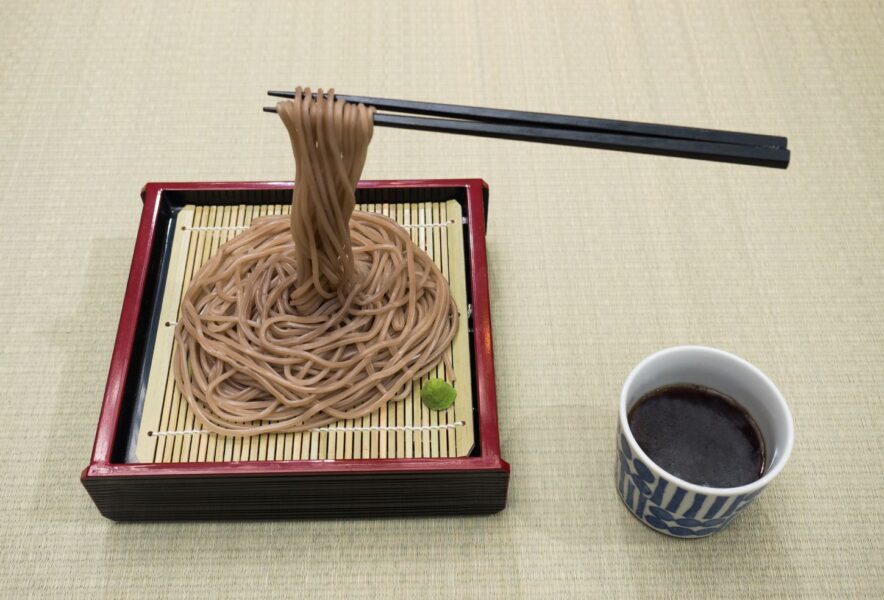Japanese food samples are hyper-realistic models of various dishes, commonly displayed in restaurant windows throughout Japan. Made from plastic or silicone, these samples are so detailed that they’re often indistinguishable from real food. They help customers, especially tourists, easily understand a restaurant’s menu at a glance. Recently, food samples have gained recognition not just as restaurant displays but as collectible art pieces and unique interior decorations.
In this post, we’ll explore the fascinating history of food samples, how they’re made, and where to buy or even create your own food samples in Tokyo.
- What Are Japanese Food Samples? A Unique Culinary Art
- The History of Food Samples in Japan: From Restaurant Displays to Collectible Art
- How Food Samples Are Made: The Craftsmanship Behind the Realism
- Where to Buy Food Samples in Tokyo: Souvenirs and Collectibles
- Make Your Own Food Sample: Hands-On Workshops in Tokyo
What Are Japanese Food Samples? A Unique Culinary Art
Food samples in Japan, known as 食品サンプル (shokuhin sanpuru), are detailed replicas of real dishes used primarily for display purposes in restaurant windows. They are usually crafted from plastic or silicone and are painted to look identical to the dishes they represent. The incredible realism of these food models allows customers to quickly grasp what the restaurant offers, making them particularly useful for international tourists who may not be familiar with Japanese cuisine or the language. In recent years, food samples have also become popular as art pieces and quirky home décor items.
The History of Food Samples in Japan: From Restaurant Displays to Collectible Art
The history of food samples dates back to the Taisho period (1912–1926), when they were first developed as a tool to visually represent restaurant menus. At the time, it was difficult to describe dishes to customers through text or photos, so creating 3D models became a practical solution. Over the decades, the craftsmanship behind these samples evolved, making them more lifelike and intricate. Today, food samples are not only functional restaurant displays but also collectible items and decorative pieces for homes.
In addition to being practical, food samples have become symbolic of Japan’s attention to detail and its dedication to both tradition and innovation in the culinary arts.
How Food Samples Are Made: The Craftsmanship Behind the Realism
Creating food samples requires the skilled hands of artisans. First, liquid plastic is poured into molds to create the basic shape of the dish. After this, the models are hand-painted with precision to mimic the colors and textures of the real food. From the subtle char on a piece of grilled fish to the delicate shading on lettuce leaves, every detail is crafted with care. The process involves both artistic skill and years of experience. Today, modern materials like silicone are used to increase durability and enhance realism, ensuring the samples look as fresh and appetizing as possible.
Where to Buy Food Samples in Tokyo: Souvenirs and Collectibles
Tokyo is home to several stores where you can buy unique food samples as souvenirs or collectibles. One of the most famous places is Ganso Shokuhin Sample-ya in Asakusa, which offers a wide range of items, from small keychains to full-size food replicas. These make perfect gifts for those looking for something uniquely Japanese. Additionally, many department stores and gift shops carry food samples, which have become increasingly popular as fun and memorable souvenirs for tourists. Whether you’re looking for a realistic sushi replica or a quirky tempura keychain, food sample shops in Tokyo are sure to impress.
- Ganso Shokuhin Sample-ya: Located in Asakusa, this iconic shop is known for its wide variety of food samples, from small novelty items to full-sized replicas.
Make Your Own Food Sample: Hands-On Workshops in Tokyo
For those interested in creating their own food sample, Tokyo offers several hands-on workshops. In areas like Asakusa and Ikebukuro, you can join classes where you learn how to make your own sample, such as tempura or sushi. These workshops allow you to create a realistic food sample under the guidance of skilled artisans, and you can take your creation home as a unique souvenir. It’s a fun and interactive way to experience a part of Japan’s artistic culture, and many tourists find it to be one of the highlights of their trip.

Comment